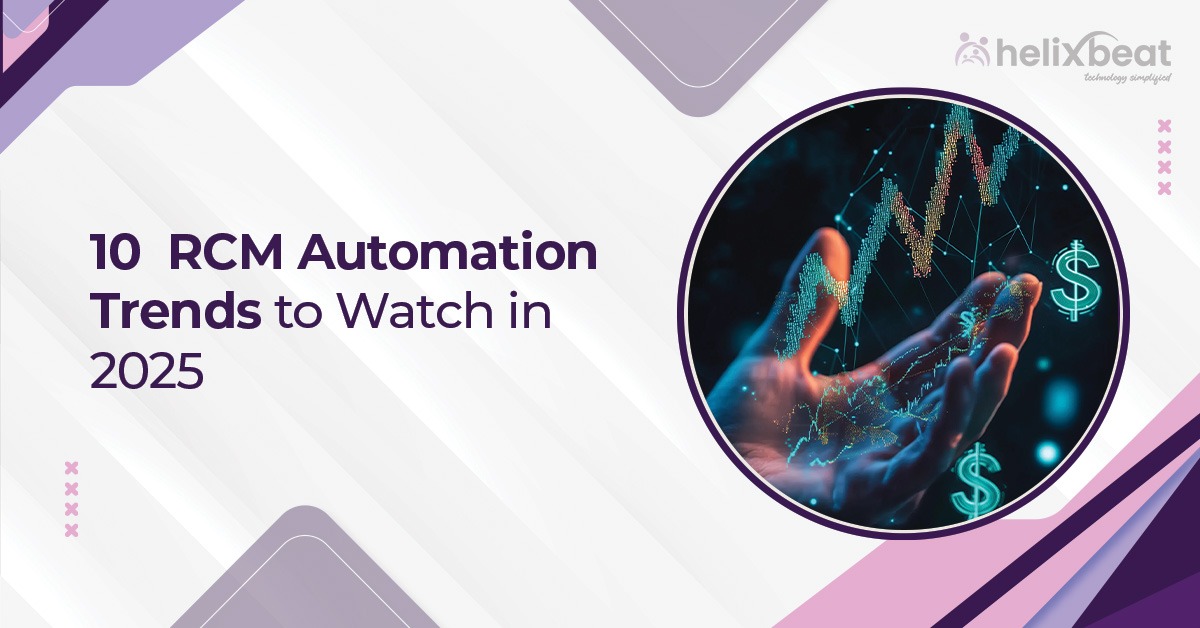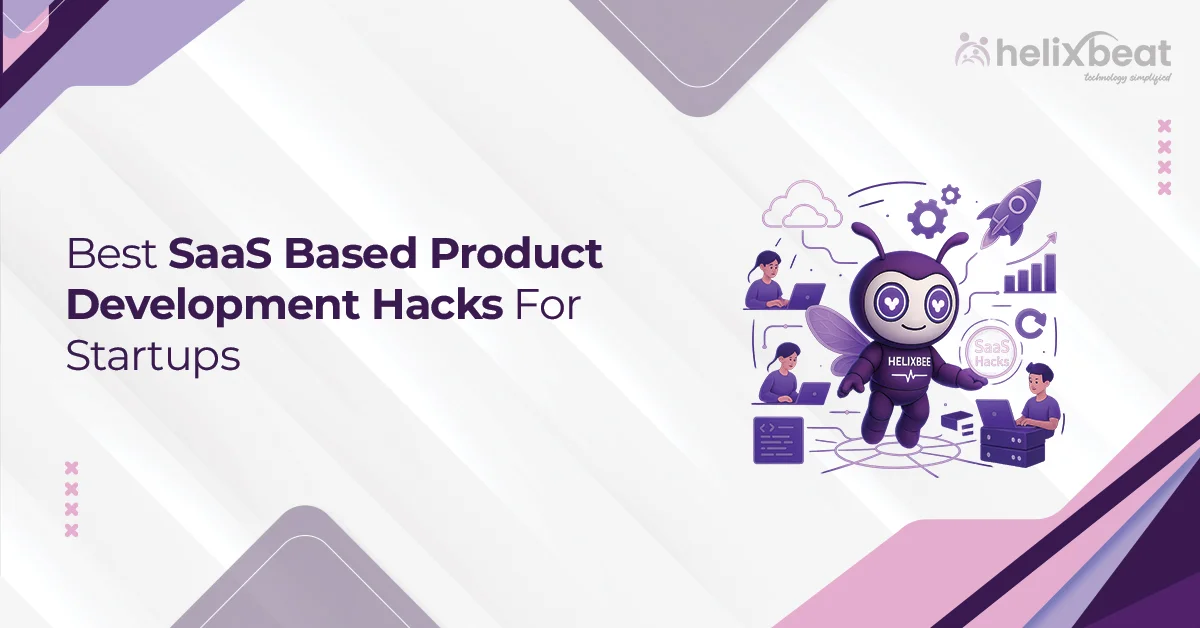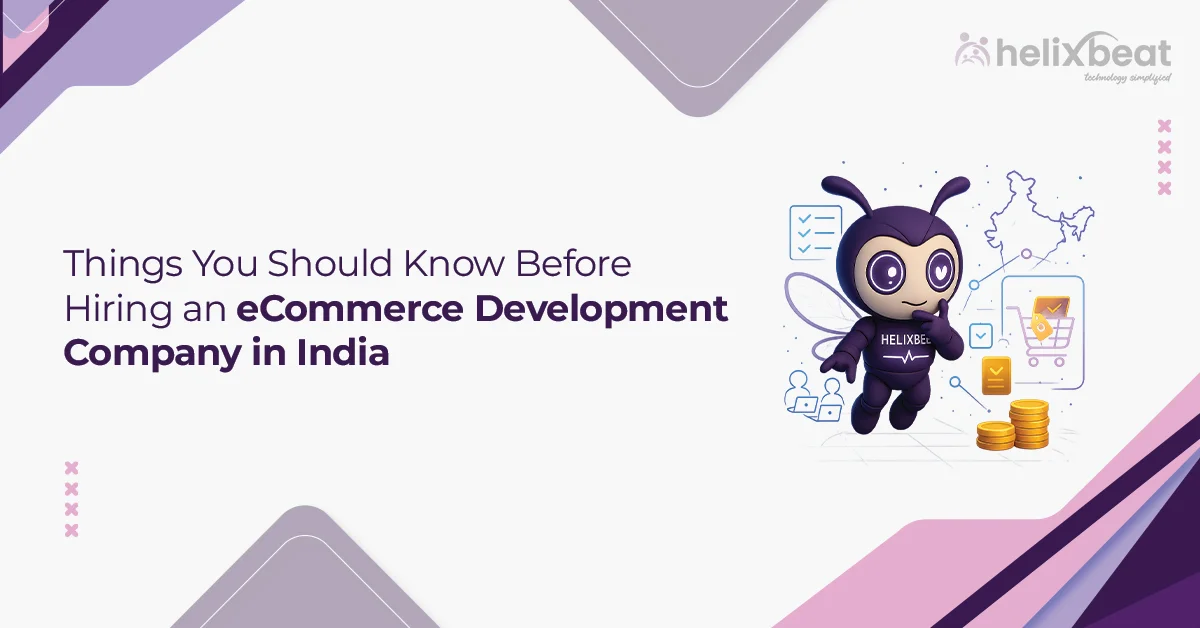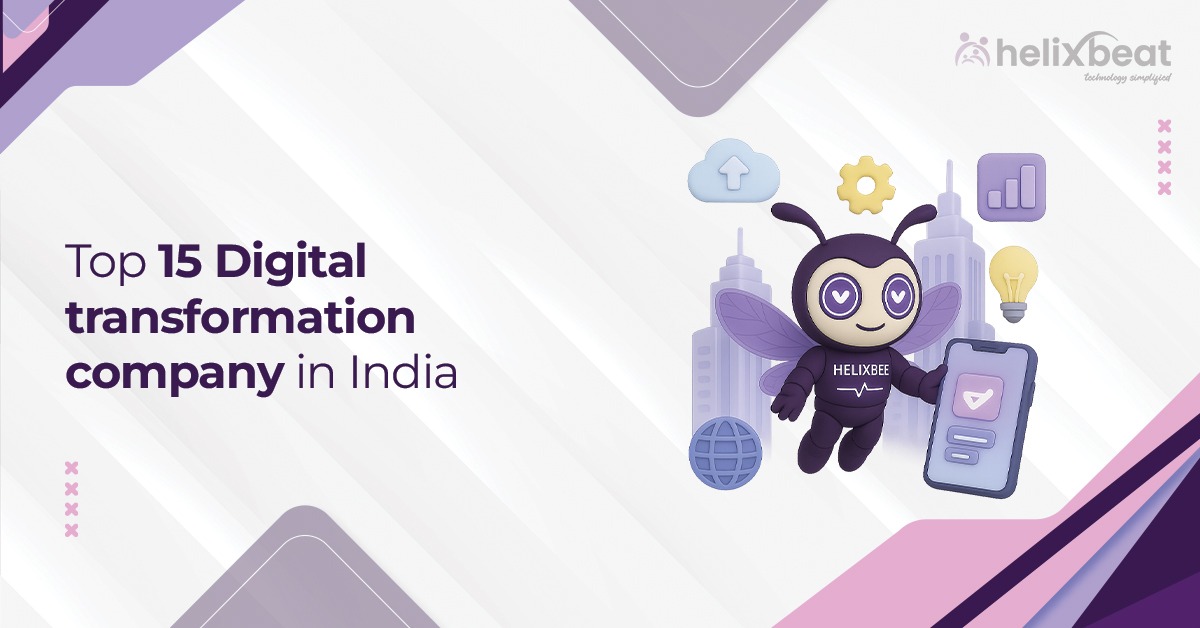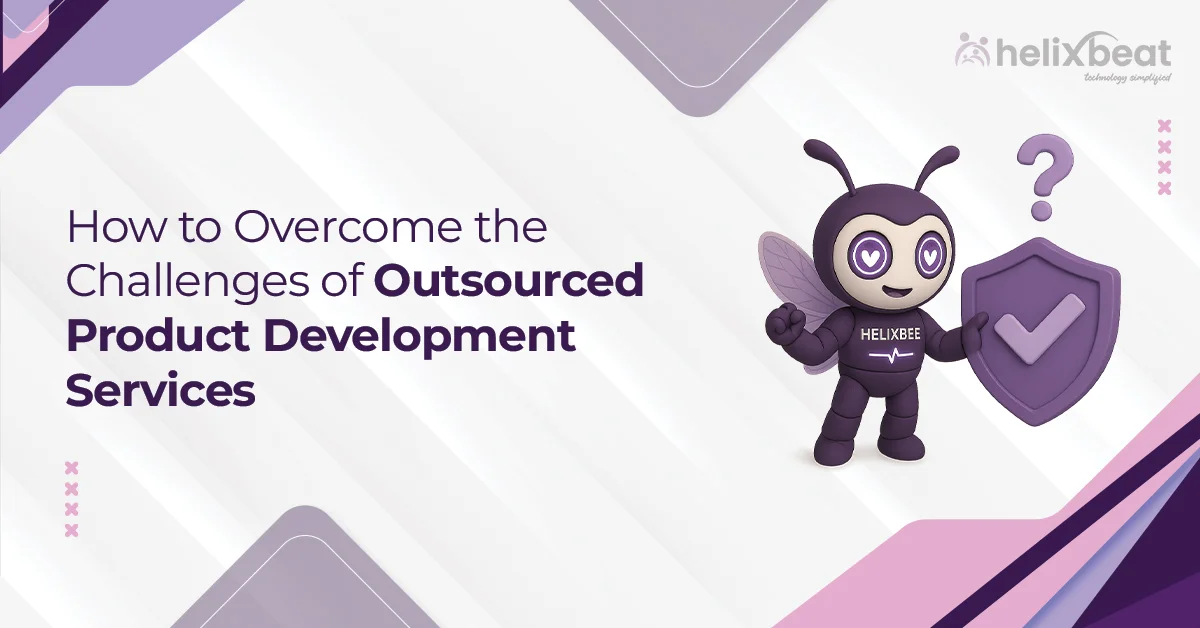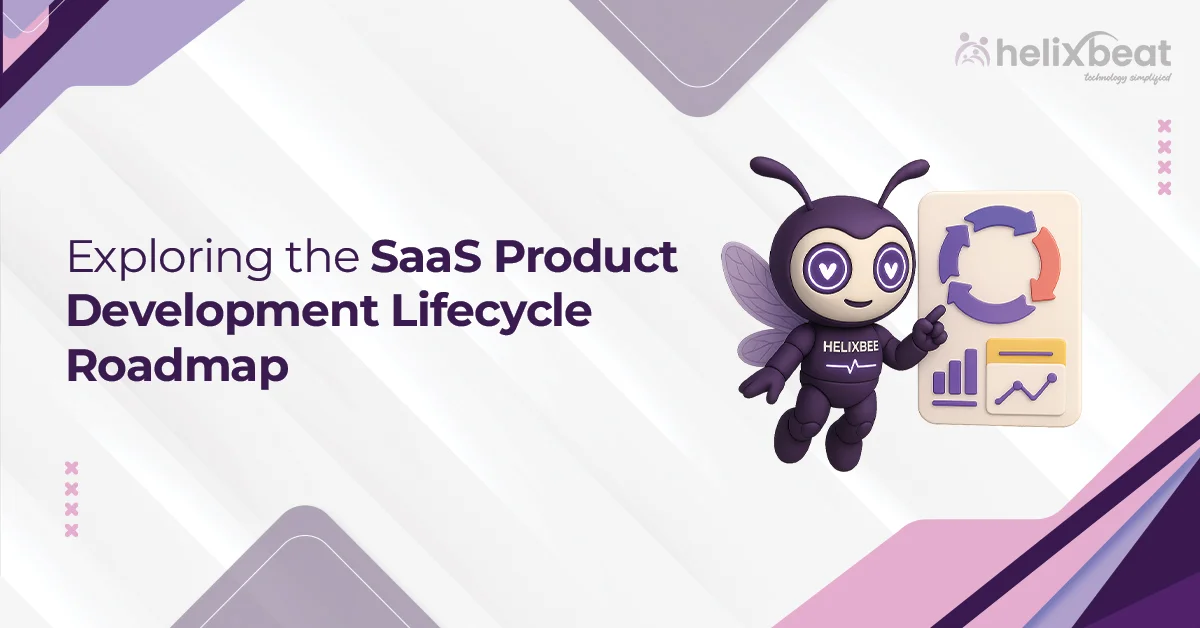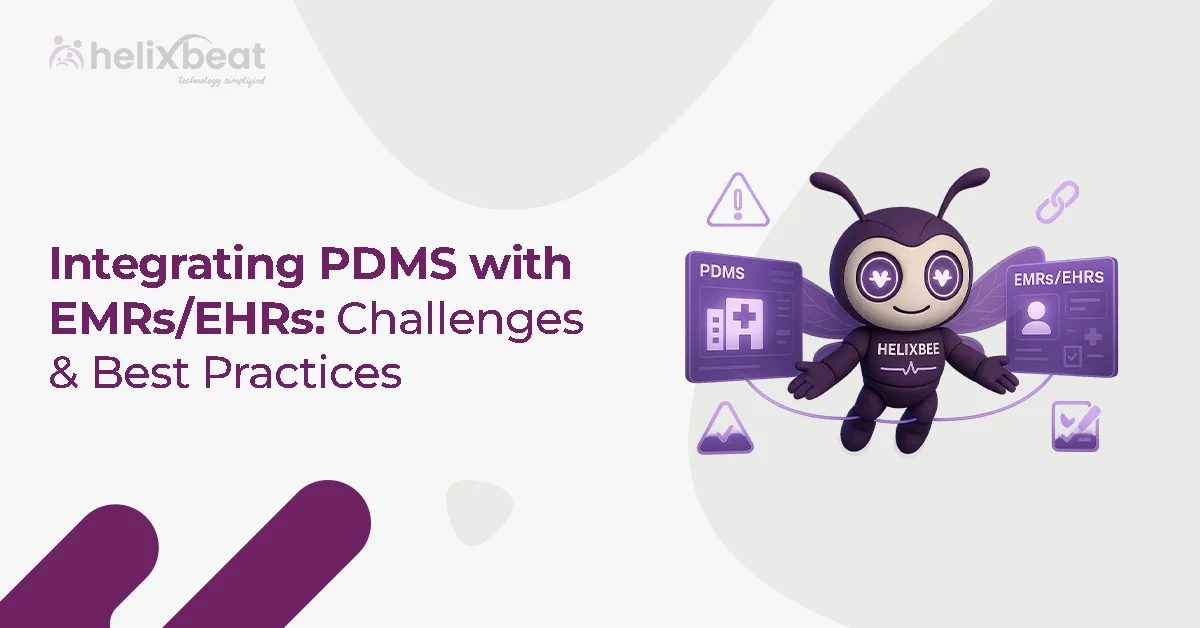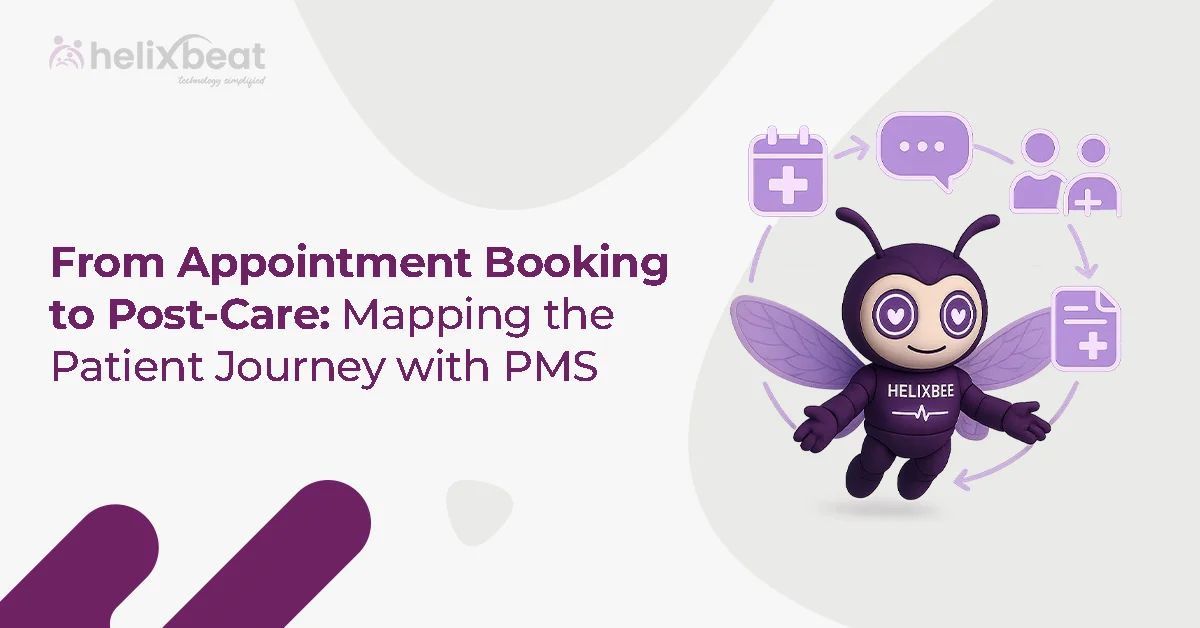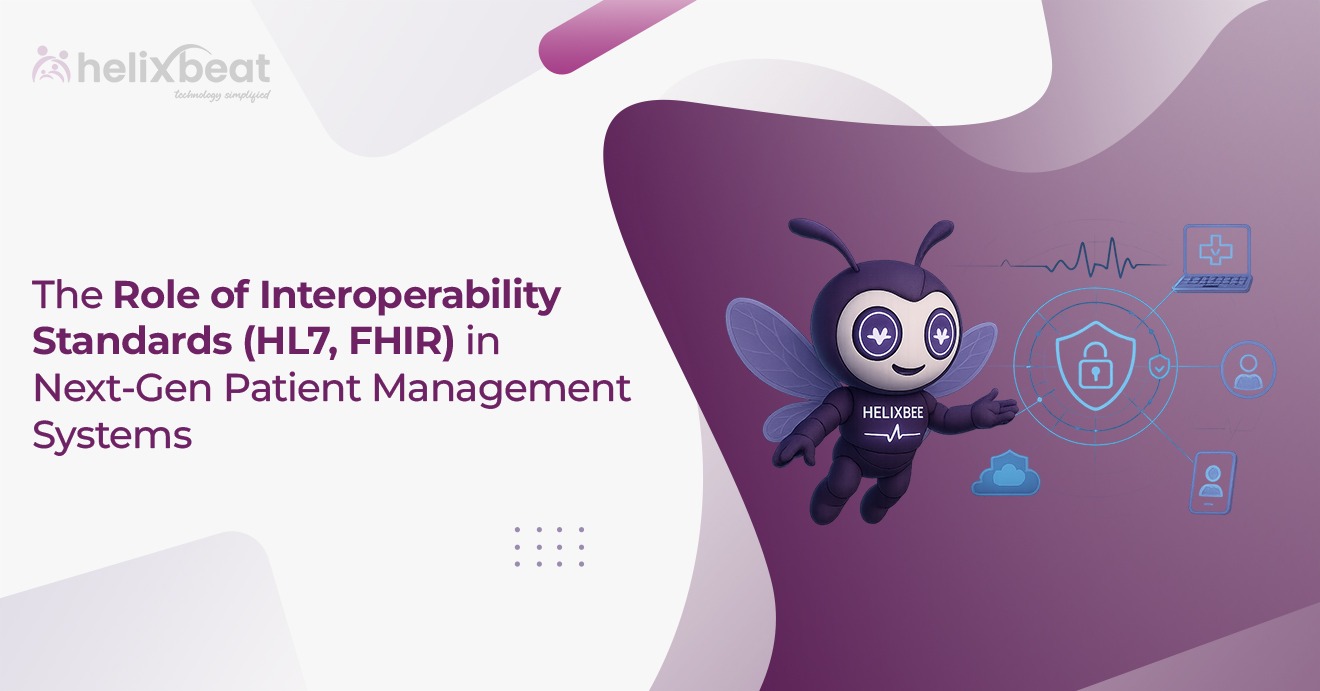As we move into 2025, healthcare providers are increasingly leaning on tech-driven solutions to streamline administrative workflows, reduce errors, and boost their financial performance. From AI-powered coding assistants to intelligent claims processing, RCM automation is redefining how providers manage the business side of care.
Let’s take a closer look at 10 RCM automation trends expected to reshape the healthcare revenue cycle in 2025.

Table of Contents
1. AI-Driven Predictive Analytics for Claims Management
Predictive analytics isn’t new, but in 2025, it’s becoming far more intelligent—and actionable. Advanced AI models can now flag high-risk claims before submission by leveraging historical claims data and payer behaviour. These tools predict the likelihood of denial and recommend specific coding or documentation changes to improve claim success rates.
This trend means less revenue leakage, fewer rework loops, and faster reimbursements.
2. No-Touch Prior Authorization Workflows
One of the most painful bottlenecks in the revenue cycle—prior authorization—is finally being addressed with automation. In 2025, “no-touch” workflows are gaining momentum. These systems pull patient eligibility data, cross-check payer requirements, and submit authorization requests without human involvement.
This shift translates into saved time and improved scheduling efficiency. The best part? Staff are no longer buried under paperwork.
3. Hyperautomation Across the Revenue Cycle
Hyperautomation—combining robotic process automation (RPA), machine learning, and intelligent document processing—is making major inroads into RCM. In 2025, providers are deploying hyperautomation to handle a range of repetitive tasks like charge capture, payment posting, denial management, and patient invoicing.
Instead of separate tools for each step of the revenue cycle, healthcare organizations are adopting unified platforms that orchestrate end-to-end workflows. This leads to higher accuracy and reduced human error at every step.
4. Patient Financial Experience Platforms with Smart Billing
Patients are more financially responsible for their care than ever before. In 2025, automation is extending into patient financial engagement with platforms that use AI to offer transparent, personalized billing.
These systems auto-generate estimates, recommend optimal payment plans, and even send smart reminders based on patient behavior. The result is higher collection rates and a more consumer-friendly experience that boosts satisfaction.
5. Real-Time Claim Status Monitoring Using APIs
Traditional clearinghouse-based claim tracking can take days, sometimes weeks. But in 2025, claim status updates are happening in real time, thanks to payer-provider APIs enabled by HL7 FHIR and EDI integrations.
With these APIs, RCM teams can instantly view the claim’s lifecycle—submitted, accepted, denied, or pending—along with actionable feedback. This immediate visibility helps billing teams respond faster, resolve issues promptly, and shorten the reimbursement timeline.
By integrating real-time claim status monitoring through HL7 FHIR-based APIs, Helixbeat helps providers stay one step ahead.
6. AI-Assisted Medical Coding and Charge Capture
Manual coding errors are still among the top causes of claim denials. With the growing complexity of ICD-11 and CPT updates, coders need support—and automation is stepping up.
AI-powered coding tools can now review physician notes, extract relevant details, and auto-suggest accurate diagnosis and procedure codes. In 2025, these tools are being integrated directly into EHRs and RCM platforms, leading to faster documentation, fewer mistakes, and reduced compliance risk.
7. Automated Denial Management and Appeals
Denial management has traditionally been a reactive process, with teams manually chasing down reasons and crafting appeal letters. In 2025, automation is flipping this model. Smart denial management systems can identify denial trends, categorize them by root cause, and even auto-generate appeal letters using templated logic and AI.
Some systems are taking it a step further—resubmitting corrected claims automatically when possible, reducing time-to-resolution from weeks to hours. This proactive approach is transforming denial management from a cost center into a revenue recovery function.
8. Cloud-Based RCM Platforms with Built-In Automation
Legacy systems are giving way to cloud-native RCM solutions, and 2025 is seeing massive adoption. These platforms offer integrated automation tools, scalability, and real-time collaboration across departments.
With no on-premise infrastructure to maintain, cloud-based RCM platforms reduce overhead while improving agility. Many also offer built-in analytics dashboards and configurable automation scripts that let organizations adapt quickly to payer rule changes or internal policy shifts.
9. Voice-Enabled RCM Assistants
As natural language processing (NLP) matures, voice-activated RCM tools are entering the mainstream. Providers and back-office staff can now dictate notes, query claim statuses, or even initiate billing workflows using voice commands.
This hands-free convenience streamlines data entry and makes RCM processes more accessible for busy clinicians. In 2025, voice is emerging as a key interface for interacting with administrative systems, especially in high-paced environments like ambulatory care and emergency departments.
10. Intelligent Contract Management and Payer Reconciliation
With thousands of payer contracts, keeping track of negotiated rates, deadlines, and exceptions is a logistical nightmare. That’s why, in 2025, healthcare organizations are turning to AI-driven contract management tools.
These platforms ingest contract documents, extract key clauses, and match reimbursement against expected values. Discrepancies are flagged automatically, helping providers detect underpayments and initiate timely disputes. Automation is also speeding up the reconciliation of remittances with actual payments received.
What Healthcare Providers Can Do Today?
If your organization is looking to ride the automation wave in 2025, here are some starting points:
- Conduct an RCM audit to identify repetitive, rule-based tasks ripe for automation.
- At Helixbeat, we offer scalable, cloud-based automation platforms tailored to healthcare.
- Train staff to work alongside AI tools rather than view them as replacements.
- Adopt interoperable systems that can connect with payer APIs and external data sources.
- Measure KPIs like denial rates, days in A/R, and cost to collect before and after implementation to track impact.
Even incremental automation—starting with claims scrubbing or payment posting—can yield significant improvements in speed and accuracy.
Looking Ahead
2025 is shaping up to be a breakthrough year for RCM automation. With smarter tools, deeper integrations, and rising pressure to do more with less, healthcare organizations are moving beyond manual processes to build resilient, tech-enabled revenue operations.
Helixbeat offers scalable and customized automation solutions for complex revenue cycles. From AI-powered solutions to cloud-based RCM integrations, our platform helps providers accelerate payments, reduce costs, and modernize their financial operations.
Let’s talk transformation—get in touch with our experts today.
FAQs
1. What is RCM automation, and why is it gaining momentum in 2025?
RCM automation refers to using technology like AI, machine learning, and robotic process automation to simplify and accelerate revenue cycle tasks in healthcare. In 2025, it’s becoming important due to increasing administrative complexity, rising patient financial responsibility, and the need for faster reimbursements.
2. How does AI-driven predictive analytics help with claims management?
AI-powered predictive analytics can scan historical data and payer behavior to identify claims at risk of denial before submission. This allows teams to make real-time adjustments in coding or documentation, which can lead to higher claim approval rates.
3. What role do APIs play in real-time claim status tracking?
With APIs powered by HL7 FHIR, healthcare teams can get real-time updates on a claim’s journey—submission, approval, denial, or pending. This visibility helps address issues immediately and reduce payment delays.
4. How is denial management changing in 2025?
Rather than reacting to denials, automated systems are now identifying trends, generating appeal letters using smart templates, and even resubmitting corrected claims—helping providers recover revenue faster.
5. What advantages do cloud-based RCM platforms offer?
Cloud-native platforms come with built-in automation features, real-time analytics, and easier integration across teams. They remove the need for on-premise infrastructure and adapt quickly to payer or policy changes.



